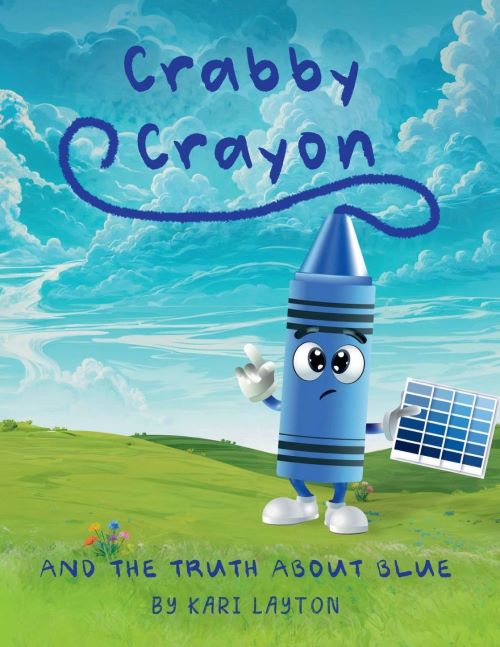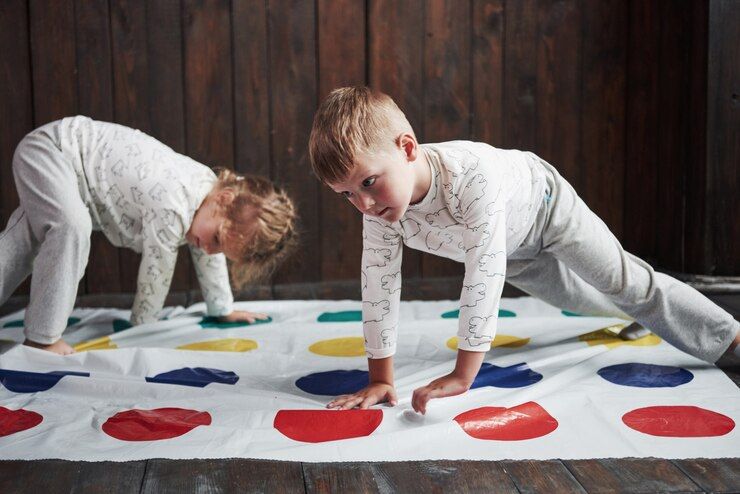Have you ever noticed how kids naturally gravitate toward colors? Colors spark curiosity, creativity, and excitement, making learning feel like play. Color matching games take this natural fascination to the next level, helping kids explore different hues and shades while sharpening their cognitive skills in a fun, hands-on way.
Let’s explore some exciting color-matching games.
Why Color Matching Games Are Important
Color-matching games help children develop essential cognitive skills. They improve observation, enhance problem-solving abilities, and strengthen memory. By playing with colors, kids also refine their motor skills and hand-eye coordination.
Color matching games enhance visual perception, improve memory, and build problem-solving skills. By engaging with colors in a playful way, kids develop creativity and a deeper understanding of how colors work together.
Fun and Engaging Color Matching Games
1. Color Scavenger Hunt
Turn your home into a colorful adventure! Give your child a color and challenge them to find objects that match. This exciting game sharpens observation skills and helps kids see how colors appear in different environments.
2. Shade Sorting
Let’s explore the magic of color gradients! Give your child different shades of a single color and have them arrange them from lightest to darkest. This hands-on activity teaches how colors change when mixed with black or white. Use paint swatches, colored pencils, or fabric samples for a more interactive experience.
3. Color Mixing Experiment
Let’s create new colors! Give kids watercolors or food dye and encourage them to mix primary colors to discover exciting new shades. Have them record their findings in a color journal, where they can name their unique color creations. It’s a fun way to learn about color blending!
4. Matching Colors to Emotions
Colors have feelings too! Ask kids to match colors to emotions like blue for calm or yellow for happiness. This creative game helps develop emotional intelligence while reinforcing color recognition. Let them express their feelings through colorful drawings or storytelling!
These engaging activities turn learning into play, helping children explore colors in a fun and meaningful way!

Conclusion
Color matching games make learning interactive and exciting. By incorporating these fun activities into daily play, you can help kids develop an appreciation for colors while strengthening essential skills. So, why not start a color-matching adventure today?
If you are looking for a book that explores colors in a fun way, then Crabby Crayon and The Truth About Blue! By Kari Layton is a good choice. The book’s engaging approach helps children develop a more flexible mindset about colors, encouraging open-mindedness and creative thinking.
Encourage color exploration today. Grab your copy now!

